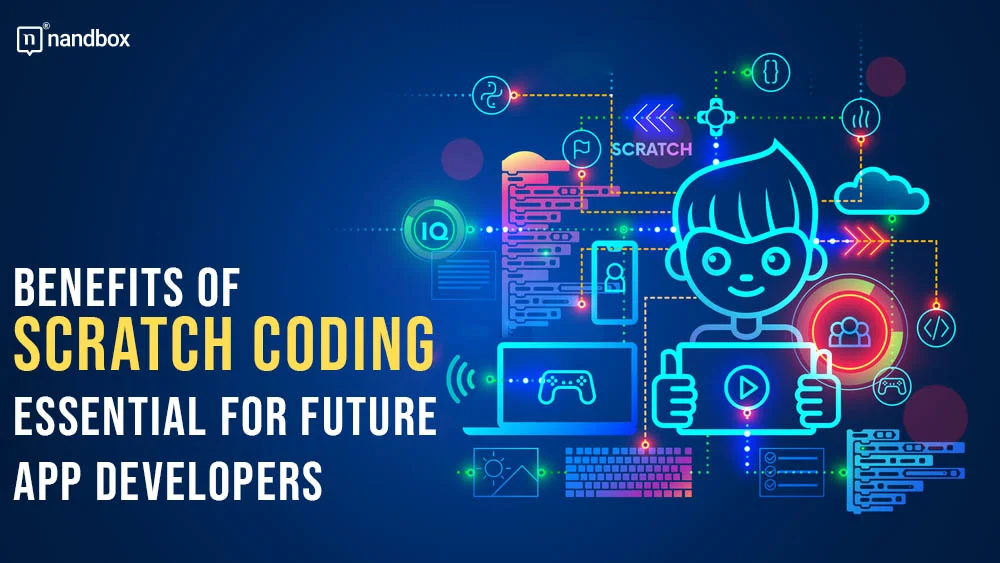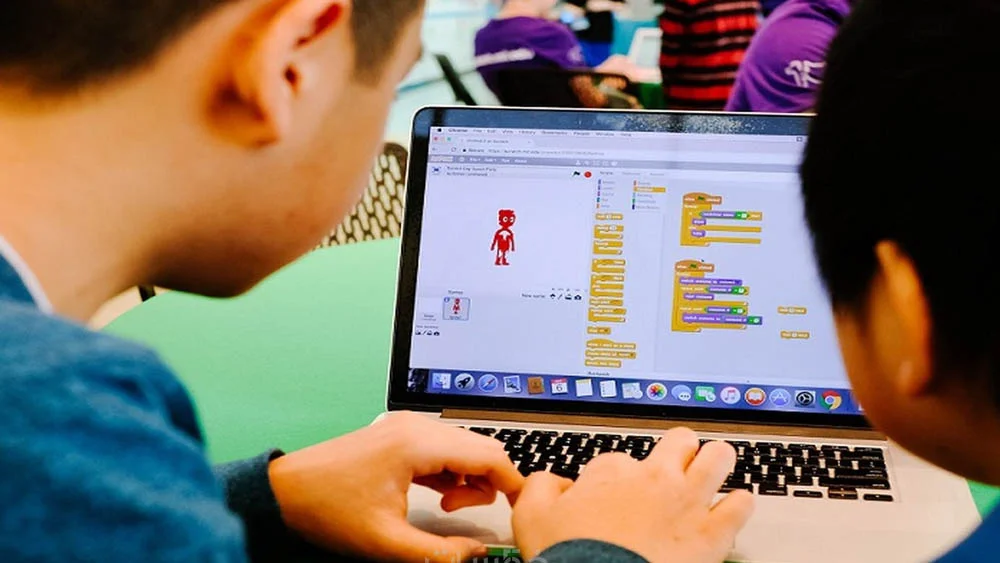In the rapidly evolving digital age, coding has become an indispensable skill. Scratch coding, with its intuitive, block-based interface, serves as the perfect introduction for young learners. It not only simplifies complex coding concepts but also makes learning engaging and fun. At CodaKid, we offer comprehensive scratch coding lessons that are designed to build a strong foundation for future app developers.
Benefits of Learning Scratch Coding
Learning Scratch coding brings a multitude of benefits to young minds. Firstly, it develops logical thinking and problem-solving skills. By arranging code blocks to create functional programs, students learn to sequence actions logically and troubleshoot errors effectively. Secondly, Scratch enhances creativity and imagination. Young coders can create interactive stories, games, and animations, pushing the boundaries of their creativity.
Moreover, Scratch encourages collaboration and sharing. The platform has a vibrant community where users can share their projects, receive feedback, and collaborate on new ideas. This social aspect fosters teamwork and communication skills, which are crucial in any coding or app development career.
Scratch as a Stepping Stone to Advanced Coding
Scratch is not just a standalone tool; it’s a stepping stone to more advanced coding. The fundamental concepts learned in Scratch, such as loops, conditionals, and variables, are applicable to many programming languages like Python, JavaScript, and C++. Young learners who start with Scratch find it easier to transition to these languages because they already understand the core principles of coding.
Furthermore, Scratch provides a non-intimidating environment where learners can experiment and make mistakes without fear. This confidence boost is invaluable as they progress to more complex coding challenges. Many successful developers began their journey with Scratch, using it as a springboard to create sophisticated applications and software.
Bridging the Gap to No-Code App Development
As the tech industry evolves, no-code platforms like nandbox are becoming increasingly popular. These platforms allow users to create fully functional mobile apps without writing a single line of code. Scratch coding serves as an excellent precursor to using these no-code tools. The logical thinking and problem-solving skills developed through Scratch are directly applicable to the drag-and-drop interfaces of no-code platforms.
For example, a learner who has mastered Scratch can easily understand the workflow of nandbox. They can conceptualize the app’s structure, design user interfaces, and implement functionalities with ease. This seamless transition makes Scratch an essential foundation for anyone aspiring to enter the app development world.
Practical Applications and Real-World Examples
Many young learners have used Scratch as a launchpad for their app development careers. Take, for instance, Sarah, a 12-year-old who started with Scratch to create simple animations. Her interest grew, and she eventually developed a mobile game using a no-code platform. Now, her game has thousands of downloads, and she is inspired to learn more advanced coding languages.
These real-world examples highlight the practical applications of Scratch coding. It’s not just about learning to code; it’s about unlocking potential and opening doors to countless opportunities in the tech industry. Schools and educational institutions that incorporate Scratch into their curriculum are preparing their students for a future where coding literacy is as important as reading and writing.
How to Get Started with Scratch
Getting started with Scratch is easy and accessible. Here’s a simple step-by-step guide:
- Visit the Scratch Website: Go to scratch.mit.edu and create a free account.
- Explore the Tutorials: Scratch offers a variety of tutorials that introduce basic concepts and guide you through creating your first project.
- Start a New Project: Use the intuitive drag-and-drop interface to start building your own games, stories, or animations.
- Join the Community: Share your projects, give and receive feedback, and collaborate with other young coders.
For those looking for structured learning, CodaKid offers engaging and comprehensive scratch coding lessons that make the learning process fun and effective.
In conclusion, Scratch coding is an essential skill for future app developers and there are a lot of benefits in it. It lays a solid foundation by developing logical thinking, problem-solving, and creativity. As learners progress, Scratch prepares them for more advanced coding languages and no-code platforms. By starting with Scratch, young coders can embark on a rewarding journey in the world of app development.




